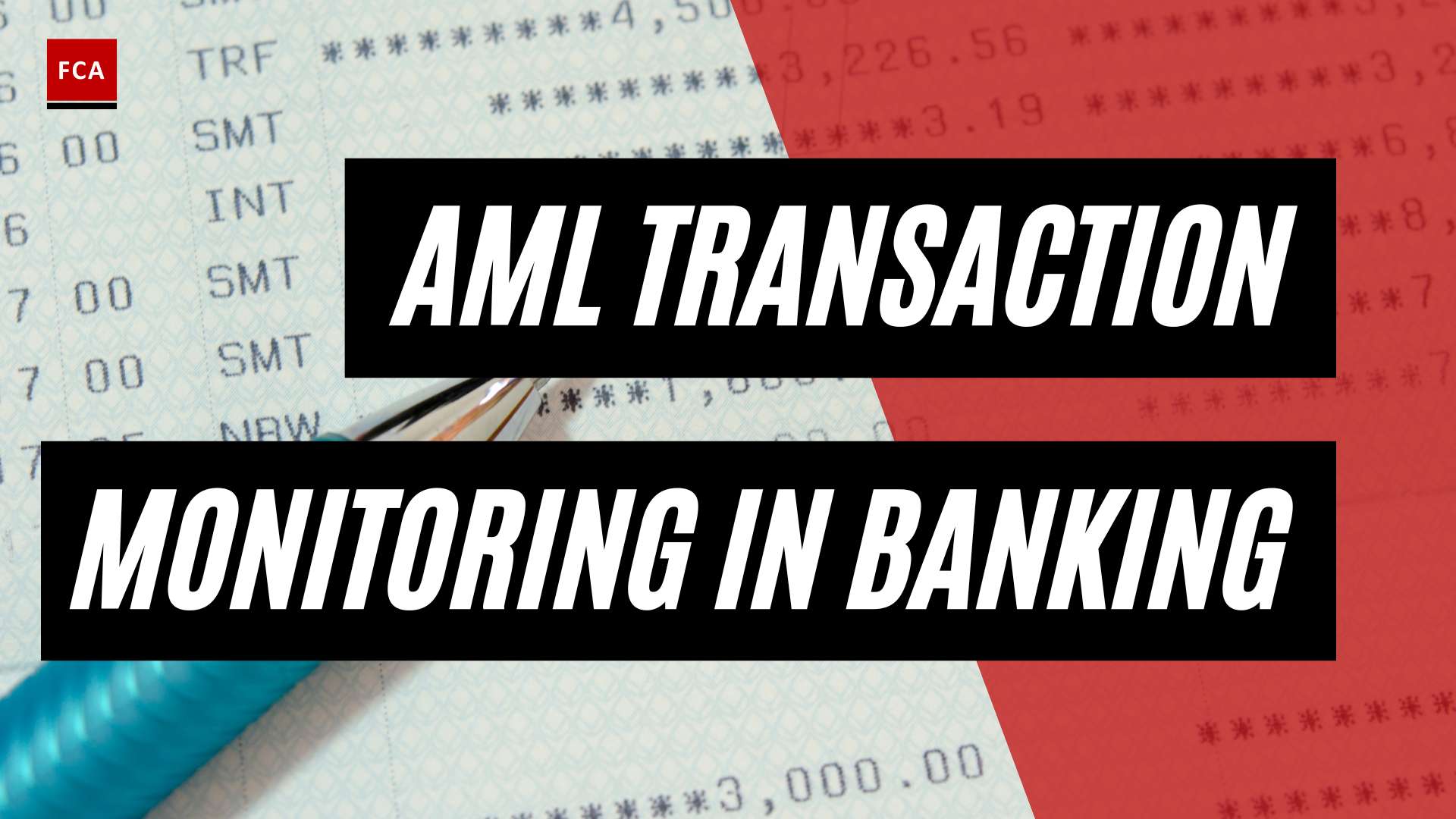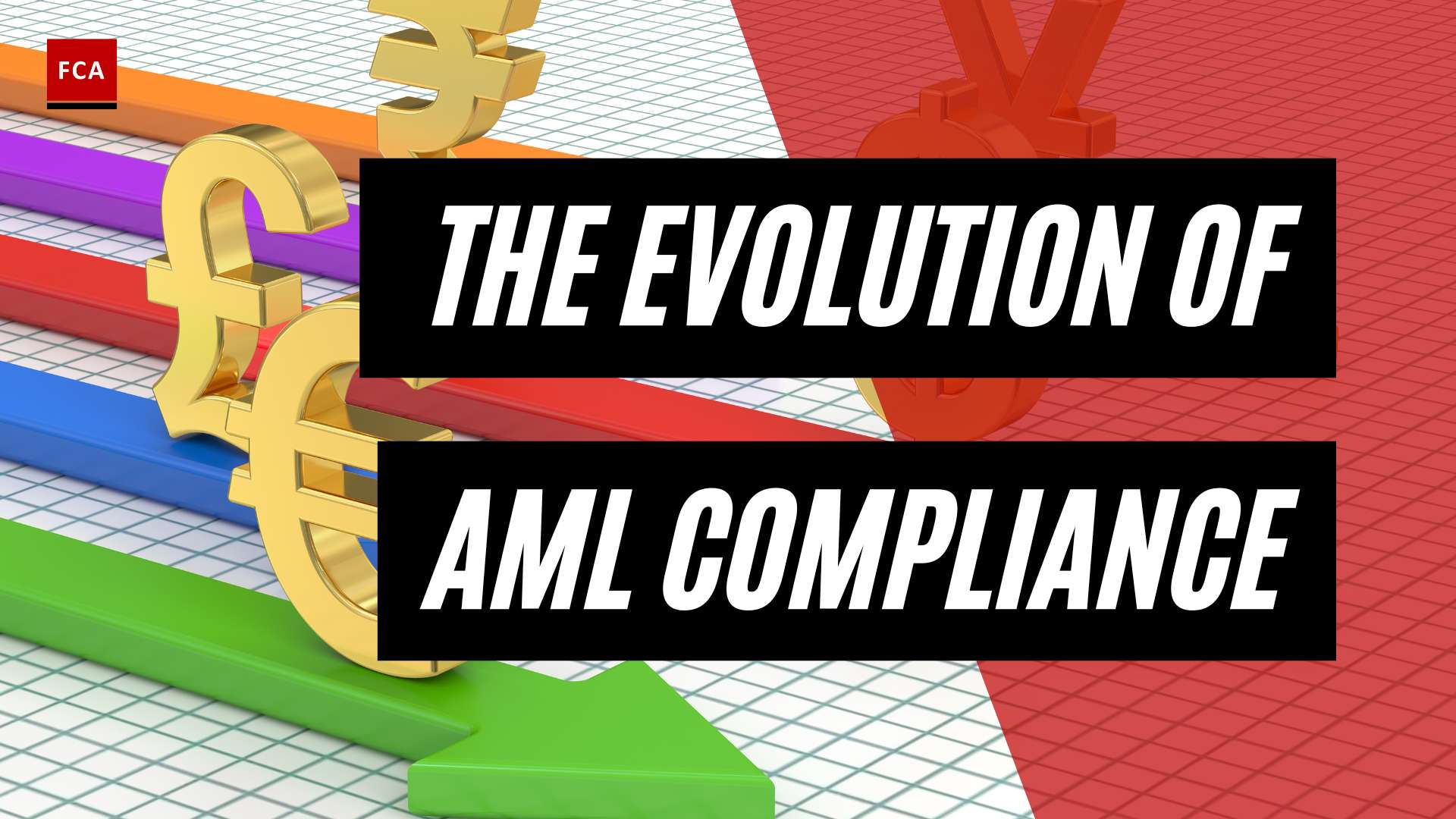The Importance of Risk and Compliance Software
In today’s business landscape, the role of risk and compliance software cannot be overstated. Organizations across various industries rely on these software solutions to streamline their compliance efforts and enhance efficiency and accuracy. By leveraging the power of technology, companies can effectively manage risks, ensure regulatory compliance, and protect their reputation.
Streamlining Compliance Efforts
One of the primary reasons why risk and compliance software is essential is its ability to streamline compliance efforts. These software solutions enable organizations to centralize their compliance-related information in a single repository, making it easily accessible for audits and reporting requirements. This centralized approach eliminates the need for manual record-keeping, reduces the risk of information silos, and ensures that compliance data is readily available when needed.
By utilizing risk and compliance software, businesses can automate various compliance processes, such as policy management, regulatory tracking, and document control. Automation features help in reducing manual errors, ensuring timely compliance updates, and enhancing the accuracy and efficiency of compliance processes (V-Comply). This not only saves time but also allows compliance teams to focus on more strategic activities, such as proactive risk identification and mitigation.
Enhancing Efficiency and Accuracy
Risk and compliance software goes beyond streamlining compliance efforts. It also enhances overall efficiency and accuracy in managing risks and ensuring compliance. These software solutions provide real-time analytics and reporting capabilities, allowing organizations to have a comprehensive view of their compliance status and potential risks. With customizable reporting tools and notifications, businesses can stay informed about compliance requirements, monitor their performance, and address any gaps or issues promptly.
Moreover, risk and compliance software enables organizations to implement proactive risk management strategies. By identifying and assessing potential risks, companies can develop risk mitigation plans and implement internal controls effectively (G2). This proactive approach helps in preventing compliance violations, reducing the likelihood of financial penalties, legal consequences, and reputational damage.
Cloud-based risk and compliance software solutions are gaining popularity due to their scalability, accessibility, and cost-effectiveness for businesses of all sizes (G2). Cloud-based solutions offer the flexibility to access compliance data and manage risks from anywhere, anytime, making it easier for distributed teams to collaborate and stay aligned.
In summary, risk and compliance software plays a vital role in modern organizations. These software solutions streamline compliance efforts, enhance efficiency and accuracy, and enable businesses to effectively manage risks and ensure regulatory compliance. By leveraging technology, organizations can proactively identify and mitigate risks, stay compliant with regulations, and protect their reputation in an increasingly complex business environment.
Key Features of Risk and Compliance Software
To effectively manage risk and ensure compliance with regulations, organizations rely on the power of risk and compliance software. This software offers several key features that streamline compliance efforts, enhance efficiency, and provide valuable insights. Let’s explore some of these features in detail.
Centralized Repository for Compliance Information
Risk and compliance software allows organizations to create a centralized repository for all compliance-related information. This repository serves as a secure and easily accessible hub for storing policies, procedures, regulations, and other compliance documentation. With a centralized repository, companies can ensure that all compliance information is organized, up-to-date, and readily available for audits and reporting requirements. This feature enables efficient collaboration and ensures that the right stakeholders have access to the necessary compliance information when needed. For more information on compliance software solutions, be sure to check out our article on compliance software solutions.
Automation and Error Reduction
One of the significant advantages of risk and compliance software is its automation features. Automation helps reduce manual errors, minimize the risk of non-compliance, and enhance the accuracy and efficiency of compliance processes. By automating tasks such as compliance monitoring, policy updates, and regulatory changes, organizations can ensure timely compliance updates and stay ahead of evolving regulations. This automation not only saves time and effort but also reduces the likelihood of human error. The use of fraud detection software and transaction monitoring software further enhances the effectiveness of risk and compliance processes by identifying potential risks and suspicious activities.
Real-Time Analytics and Reporting
Risk and compliance software provides real-time analytics and reporting capabilities to organizations. These tools offer valuable insights into compliance status, potential risks, and areas for improvement. Real-time dashboards, customizable reporting tools, and notifications keep organizations informed about their compliance performance, enabling proactive risk management and decision-making. The ability to generate comprehensive reports quickly helps organizations meet regulatory reporting requirements and demonstrate compliance to auditors and regulators. For organizations looking for specific regulatory compliance software, our article on regulatory compliance software provides detailed information.
By leveraging risk and compliance software’s key features, organizations can effectively manage risks, streamline compliance efforts, and ensure adherence to regulations. These software solutions empower organizations to proactively identify and mitigate risks, automate compliance processes, and optimize overall compliance management. Whether it’s for anti-money laundering compliance (aml compliance software), compliance in the banking sector (compliance software for banks), or industry-specific regulations, risk and compliance software plays a vital role in transforming risk and compliance management.
The Growth of the Risk and Compliance Software Market
As organizations continue to prioritize risk management and regulatory compliance, the demand for reliable and efficient risk and compliance software solutions is on the rise. The growth of the risk and compliance software market is driven by several factors, including market value and projections, the factors driving market growth, and the adoption of cloud-based solutions.
Market Value and Projections
The risk and compliance software market has seen significant growth in recent years, with a market value of $38.9 billion in 2020. Projections indicate that this market is expected to reach $82.5 billion by 2027, with a compound annual growth rate (CAGR) of 12.3% during the forecast period. By 2026, market projections estimate the risk and compliance software market to reach approximately $11.5 billion in value (TechTarget). These numbers highlight the increasing recognition of the importance of risk and compliance software in various industries.
Factors Driving Market Growth
Several factors are fueling the growth of the risk and compliance software market. One significant factor is the digital transformation taking place across industries. As organizations undergo digitalization, they require advanced tools and technologies to manage risk and ensure compliance with regulations. The automation and digitization provided by risk and compliance software solutions streamline processes and enable organizations to effectively manage risks and regulatory requirements (TechTarget).
Another driver of market growth is the increasing concern for data security. Organizations must protect sensitive data and ensure compliance with data privacy regulations. Risk and compliance software solutions offer robust features for data security and privacy management, helping organizations meet regulatory requirements and build trust with their customers.
Cloud-Based Solutions
Cloud-based solutions are gaining popularity in the risk and compliance software market. The adoption of cloud computing offers several advantages, including scalability, accessibility, and cost-effectiveness. Cloud-based risk and compliance software solutions allow organizations to scale their operations without significant infrastructure investments. They also provide remote access to compliance data and tools, enabling collaboration and flexibility in managing risk and compliance requirements (G2).
Moreover, cloud-based solutions offer enhanced data security and disaster recovery capabilities. They often include robust encryption and backup mechanisms, ensuring that data is protected and can be easily restored in case of any unforeseen events.
By leveraging cloud-based risk and compliance software solutions, organizations can streamline their risk management and compliance efforts, ensuring the highest level of data security and regulatory compliance.
The growth of the risk and compliance software market reflects the increasing need for organizations to effectively manage risks and comply with regulatory requirements. By adopting innovative software solutions, businesses can enhance their risk management processes, improve compliance efforts, and ensure the long-term success and sustainability of their operations.
GRC Software for Effective Risk and Compliance Management
To effectively manage risk and ensure compliance, organizations are turning to risk and compliance software. This software provides a range of features and benefits that help streamline compliance efforts and enhance overall risk management processes.
Identifying and Mitigating Risks
One of the key advantages of risk and compliance software is its ability to help organizations identify and mitigate risks proactively. Through comprehensive risk assessments and monitoring capabilities, this software enables businesses to assess the potential impact and likelihood of various risks. By having a centralized system to track risks, organizations can prioritize their mitigation efforts and implement appropriate controls to reduce the likelihood of incidents occurring.
Streamlining Compliance Efforts
Risk and compliance software plays a crucial role in streamlining compliance efforts. It allows companies to create a centralized repository for all compliance-related information, making it easily accessible for audits and reporting requirements. By automating compliance processes, such as policy management, regulatory updates, and workflow approvals, organizations can improve the efficiency and accuracy of their compliance efforts (V-Comply). This automation reduces manual errors and frees up valuable time for compliance professionals to focus on more strategic initiatives.
Advantages of Cloud-Based GRC Software
Cloud-based GRC (Governance, Risk, and Compliance) software solutions are gaining popularity due to their scalability, accessibility, and cost-effectiveness for businesses of all sizes. With cloud-based software, organizations can access their risk and compliance management tools from anywhere, facilitating collaboration and ensuring consistent processes across multiple locations. Cloud-based solutions also provide automatic updates and maintenance, eliminating the need for organizations to manage their own infrastructure.
By leveraging risk and compliance software, organizations can effectively manage their risks, streamline compliance efforts, and enhance overall governance practices. This software provides a centralized platform for risk and compliance management, empowering businesses to make informed decisions, ensure regulatory compliance, and mitigate potential risks. As the risk and compliance software market continues to grow, organizations are embracing these solutions to stay ahead in an increasingly complex and regulated business environment.
Benefits of Compliance Software in Regulatory Compliance
Compliance with regulations is a critical aspect of risk management for organizations across various industries. The use of compliance software solutions plays a crucial role in ensuring regulatory compliance, minimizing human error, and enhancing visibility and collaboration.
Ensuring Compliance with Regulations
Regulatory compliance software helps organizations adhere to industry-specific government legislation and regulations. For example, workplace health and safety regulations, such as the Management of Health and Safety at Work Regulations 1999 in the UK, mandate employers to conduct regular risk assessments and manage any identified risks appropriately. Reliable compliance tools are necessary to meet these requirements and maintain a safe and compliant working environment.
By implementing compliance software, organizations can automate compliance activities, ensuring that all necessary tasks and obligations are completed accurately and in a timely manner. These software solutions provide real-time monitoring and reporting features, enabling organizations to track their compliance efforts effectively. By streamlining compliance processes, organizations can reduce the risk of non-compliance and avoid potential penalties or legal issues.
Minimizing Human Error
One of the key advantages of compliance software is the ability to minimize the risk of human error. By automating compliance tasks, these software solutions ensure accurate and consistent completion of required activities. Automation reduces the reliance on manual processes, which are more prone to errors and oversights. With compliance software, organizations can rely on standardized workflows and predefined rules to guide their compliance efforts, reducing the likelihood of information loss or process oversight.
Enhanced Visibility and Collaboration
Cloud-based regulatory compliance software offers better visibility, collaboration, and information security measures. These digital tools provide access to compliance activities from anywhere in the world at any time. With real-time access to compliance data and reports, organizations can monitor their compliance status more effectively. Collaborative features within the software enable different stakeholders to work together seamlessly, ensuring coordinated compliance efforts and fostering a culture of compliance.
Furthermore, compliance software solutions facilitate secure storage of compliance documents and records. By transitioning to digital storage spaces, organizations can go paperless and securely store compliance documentation for extended periods, as required by regulations. This shift not only reduces the challenges associated with manual paperwork but also ensures compliance with record-keeping obligations. Easy retrieval of documentation for regulatory purposes becomes effortless, contributing to efficient audits and inspections.
In addition to ensuring compliance, adopting modern compliance software solutions can improve overall compliance processes by streamlining operations and saving time. The use of innovative software demonstrates an organization’s commitment to safety, employee well-being, and offering top-notch services. By investing in compliance software, organizations can enhance their credibility within the industry and build a positive reputation as compliant and responsible entities.
Compliance software not only helps organizations meet regulatory requirements but also provides valuable benefits in terms of minimizing human error, enhancing collaboration, and improving overall efficiency in compliance management. By leveraging the power of technology, organizations can transform their risk and compliance practices, ensuring a robust and compliant operation.
The Role of Risk Management Software
Risk management software plays a crucial role in helping organizations effectively manage and mitigate risks. It provides tools and features that enable businesses to create tailored risk frameworks, comprehensive audit and incident reporting, and robust reporting and analytics capabilities.
Tailored Risk Frameworks
To effectively manage risks, organizations need risk management software that offers tailored risk frameworks. These frameworks allow businesses to define risk categories and associated controls that align with their unique risk profile and specific requirements. With a customizable risk framework, businesses can identify and prioritize risks based on their potential impact and likelihood of occurrence. This enables them to allocate resources and implement appropriate risk mitigation strategies. For instance, Rapid Risk provides a comprehensive risk matrix that helps identify areas where risks may affect, allowing organizations to take proactive measures to address those risks.
Comprehensive Audit and Incident Reporting
Effective risk management software should include comprehensive audit and incident reporting capabilities. This allows organizations to automate workplace audits, register tasks, automate reminders, and streamline processes for effective resource allocation and task management. With audit software, businesses can conduct audits more efficiently and ensure compliance with regulatory requirements. Additionally, incident reporting software enables organizations to track and report incidents and near misses effectively. It offers features such as incident and issue tracking capabilities, email notifications, workflows, and automated reports. By leveraging these capabilities, businesses can ensure timely response and resolution of workplace incidents, promoting a safer and more compliant environment. An example of such software is Rapid Auditor, which helps automate workplace audits and streamline processes (Rapid Global).
Robust Reporting and Analytics
Risk management software should also provide robust reporting and analytics capabilities. These features enable organizations to generate accurate risk data through pre-built reports, customizable dashboards, and visualizations. With real-time access to risk-related information, businesses can analyze risks, trends, and key performance indicators. This empowers them to make informed decisions and take proactive measures to mitigate risks. By leveraging the reporting and analytics capabilities of risk management software, organizations can monitor risk levels, track progress, and identify areas for improvement. Rapid Risk is an example of software that provides accurate risk data and reporting tools for informed decision-making.
In summary, risk management software plays a vital role in helping organizations manage risks effectively. By providing tailored risk frameworks, comprehensive audit and incident reporting, and robust reporting and analytics capabilities, this software empowers businesses to identify, assess, and mitigate risks in a structured and efficient manner. With the right risk management software in place, organizations can enhance their risk management practices and ensure compliance with regulatory requirements.
Compliance Management Software for Industry-Specific Regulations
In today’s regulatory landscape, organizations across various industries are required to comply with industry-specific government legislation and regulations. Compliance management software plays a crucial role in helping businesses adhere to these requirements, ensuring that they operate within the boundaries of the law and maintain a high standard of compliance. In this section, we will explore the importance of compliance management software in three specific industries: workplace health and safety, global compliance requirements, and healthcare, cosmetics, and aerospace.
Compliance in Workplace Health and Safety
Workplace health and safety regulations are of paramount importance to protect employees and create a safe working environment. Compliance management software helps organizations meet these obligations by providing tools for managing and monitoring compliance with applicable regulations. For example, in the UK, the Management of Health and Safety at Work Regulations 1999 mandates employers to conduct regular risk assessments and manage identified risks appropriately (RiskMach). Compliance software solutions enable organizations to streamline compliance activities, track safety incidents, and ensure that the necessary steps are taken to mitigate risks and maintain a safe workplace.
By digitizing compliance documentation and utilizing cloud-based solutions, organizations can improve visibility, collaboration, and information security measures. Cloud-based compliance software offers the advantage of accessing compliance activities from anywhere in the world at any time while complying with data security protocols. It also facilitates easy retrieval of documentation for regulatory purposes and enables organizations to securely store compliance documents for over a decade, reducing the challenges associated with manual paperwork (RiskMach).
Global Compliance Requirements
With the expansion of businesses into global markets, compliance with international regulations becomes crucial. Compliance management software helps organizations navigate the complex landscape of global compliance requirements. It enables businesses to stay up to date with the regulatory frameworks of different countries, ensuring that they operate within the legal boundaries of each jurisdiction. By centralizing compliance information, organizations can easily monitor and track their compliance efforts on a global scale. This ensures consistency and reduces the risk of non-compliance, which may lead to severe penalties and reputational damage.
Compliance in Healthcare, Cosmetics, and Aerospace Industries
The healthcare, cosmetics, and aerospace industries are subject to stringent regulations to ensure safety, quality, and ethical standards. Compliance management software is particularly essential in these industries due to the complex nature of the regulations involved. For instance, in the healthcare sector, organizations must comply with regulations such as the Health Insurance Portability and Accountability Act (HIPAA) to ensure patient information security (Source Intelligence). Compliance software automates data collection, dossier preparation, and helps organizations keep up with the evolving requirements in the EU for medical devices and pharmaceuticals.
In the cosmetics and aerospace industries, compliance software solutions aid in meeting regulatory requirements related to product safety, quality control, and ethical practices. These industries often face strict guidelines and must adhere to standards set by regulatory bodies to protect consumers and ensure the integrity of their products. Compliance management software streamlines compliance processes, keeps records up to date, and enables organizations to demonstrate their commitment to safety and compliance, enhancing their credibility within the industry.
By utilizing compliance management software tailored to industry-specific regulations, organizations can effectively navigate the complexities of compliance requirements, minimize the risk of non-compliance, and build a strong foundation for regulatory adherence. These software solutions help businesses stay on top of evolving regulations, reduce administrative burdens, and ensure a high level of compliance across various industries.








